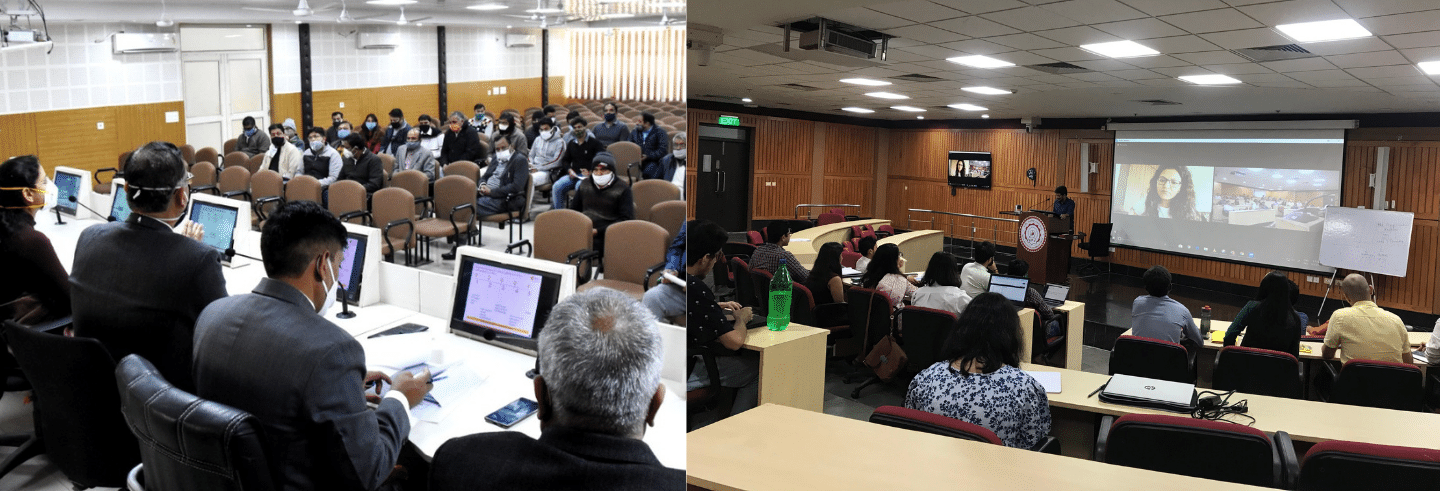From Paper to Policy: How the CMGGA programme designs a Module
Once the diagnosis of a problem and background research is completed, an action plan is created by the programme team for Chief Minister's Good Governance Associates to be implemented in all the 22 districts of Haryana

Ashoka Staff
31 March, 2022 | 4m readThe participation of youth in active politics has increased manifolds in recent years while there has also been an upward swing among those who have looked for other avenues to contribute to societal change.
One of the most impactful initiatives has been the Chief Minister’s Good Governance Associates (CMGGA) programme. It is a one-year experiential learning opportunity for 25 young professionals to work with the Chief Minister’s Office, Haryana and drive systemic change.
We follow a structured ‘impact cycle’ to ensure on-ground impact for all the projects. The first step of the project design is to understand the need of the initiative and on-ground problems in the delivery of the project. Secondary research is undertaken by the team to understand the modalities of the problem in the context of Haryana, and the data points that affect Haryana in the identified problem. A base-lining of the project is very important to understand the scope of the intervention and to make it impact-driven.

For instance to design a project like eOffice, i.e. to convert the manual file system in Haryana through a digital platform to process files in the government, it becomes imperative to diagnose the time invested to search for physical documents, the number of physical files lost/ misplaced annually and the number of tedious steps followed by a government employee to approve a file.
When asked to shift from paper files to eOffice, resistance was bound to happen. When we were doing the diagnosis, a Head of Department who was in the last years of his service said “I have worked my entire life marking these manual files. Why would I open a computer every morning checking emails of an electronic system at this age“. Any innovation or initiative in the government system is often characterized by resistance and thus it is of utmost importance to identify these issues at the early stage before it is rolled out statewide in the form of a “module” to the Associates.
Once the diagnosis of the problem and background research is completed, an action plan is created by the programme team for Associates for implementation of the project in all the 22 districts of Haryana. This includes conducting training, reviews and assisting the DCs and Head of Departments in the district in monitoring the progress of the reviews.
Learning from the interactions and diagnosis, a special training was included as part of the Module. An action plan for the eOffice Module included multiple rounds of training of more than 10.000 employees at the District and State level with the help of Programme team and eOffice PMU. These training sessions helped in the uptake of eOffice as well as brought comfort to the employees who were committed to a complete adoption of eOffice in Haryana.
With the help of the fifth batch and the existing sixth batch, we can proudly say that Haryana is targeted to become a paperless state in the country with 25,000+ employees using eOffice, and all State and District offices have been onboarded to this platform.













